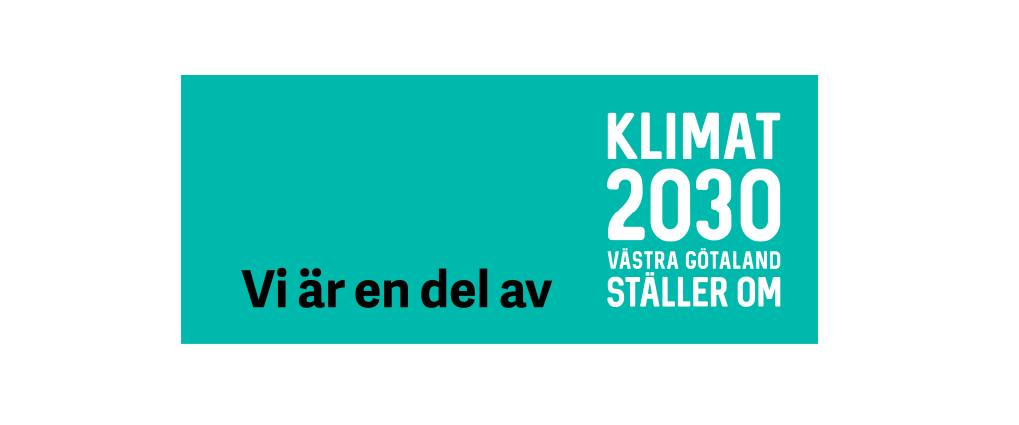Winter thermal comfort and indoor air quality in Swedish grade school classrooms, as assessed by the children
- Utgivare: 14th International Conference of Indoor Air Quality and Climate
- År: 2016
- Författare: Despoina Teli, Jan-Olof Dalenbäck, Lars Ekberg
- Typ: Konferensbidrag
This paper presents results from a pilot thermal comfort study in five Swedish grade school classrooms in three different buildings during winter 2015/16. The study includes measurements of environmental parameters (air temperature, globe temperature, relative humidity, air speed, CO2) and questionnaire surveys designed to match the children’s cognitive level. The questionnaire includes questions about thermal perception, air quality and air movement, as well as the children’s clothing level. The aim of this study is to investigate whether recently found differences in thermal sensation between children and adults outside the heating season also apply to the winter season. Children’s assessment is compared to the objective measurements during the surveys, to winter design criteria for school classrooms and to comfort temperatures from previous studies. The results agree with the previously found warmer sensation of children compared to adults’ predicted thermal sensation based on the currently used PMV model, although this time the difference is smaller. Regarding air quality, no relationship was found between children’s assessment and CO2 levels.
Available here.





